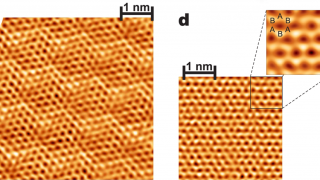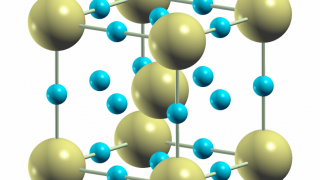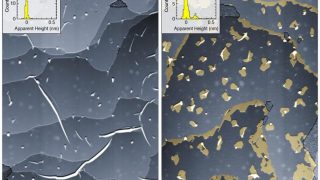
Heat creates spin
Computer science • Condensed matter • Materials • Physics • Quantum physics
When quantum computing comes, it very likely will rely for the fast storage and processing of information on spintronics. Spintronics (from spin transport electronics) is a branch of technology that specifically makes use of quantum-mechanical spin, and especially of the transport of that spin, in electronic devices. Spin is the part of the total angular […]








